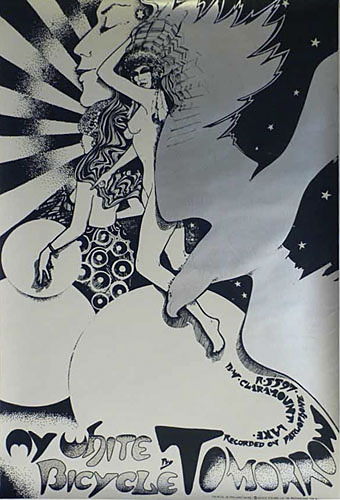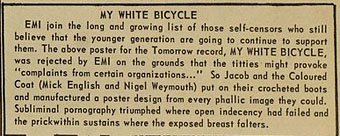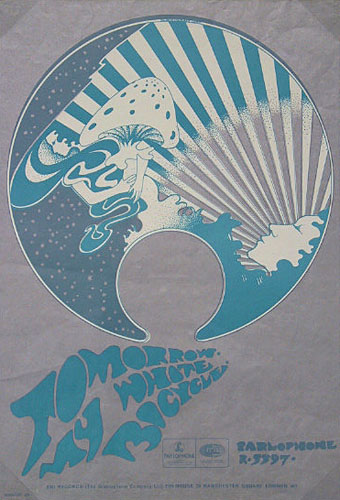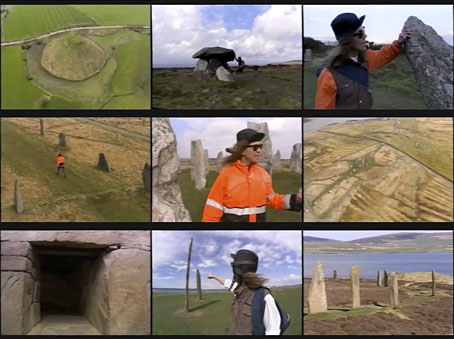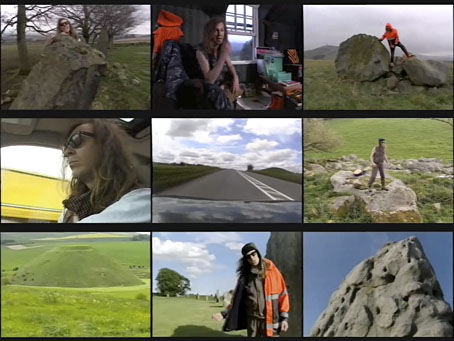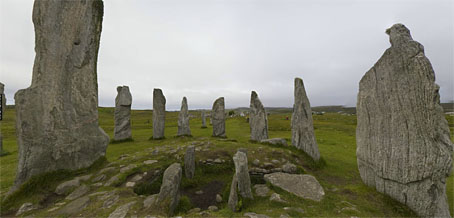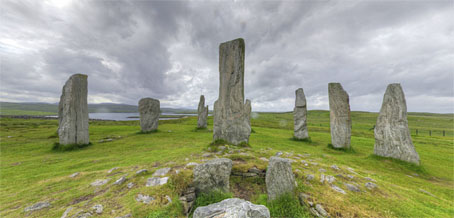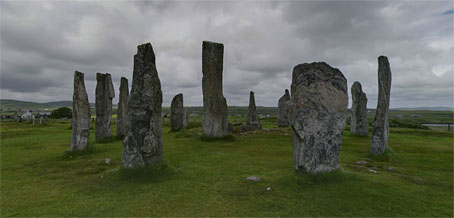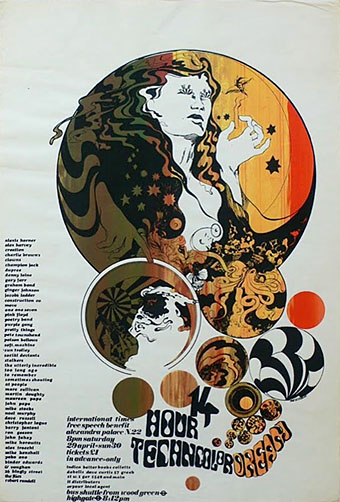
Poster for the 14 Hour Technicolor Dream (1967) by Michael McInnerney.
“The language of Mellow Yellow, the art of the Happening…”
Yesterday’s story from International Times appeared in the same week in 1967 as this 30-minute BBC documentary shown as part of the Man Alive documentary strand. Taking them together you receive contrasting views of a major moment for London’s psychedelic underground, The 14 Hour Technicolor Dream, an all-night indoor arts-and-music festival staged at Alexandra Palace on 29th April, 1967. The event was a benefit to raise money for International Times following a prosecution for obscenity (Oz magazine later had to endure a similar, more notorious rigmarole). Alexandra Palace was an odd choice of location, being a huge Victorian exhibition space which had once served as the BBC’s main studios. (The first Quatermass serial was filmed there in 1953.) The venue was apparently chosen because it had previously hosted blues all-nighters but the acoustics are dreadful for live music, as the BBC’s documentary demonstrates. The film also shows that most of the audience wouldn’t have been too concerned; being there was more important.
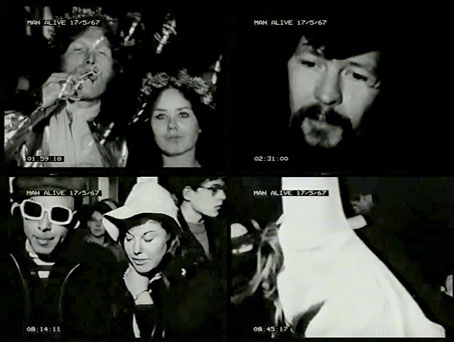
When you’ve been reading about an event like this for years it’s fascinating to get an extended view of the thing. The BBC were there all night, and capture many key incidents. The three interviewers are deeply sceptical of the whole business but that’s inevitable when they were making a film for a general audience. All the same, the repeated questions of “Why are you here? What’s this for?” are ones that would never be asked of a group of visitors to, say, Ascot, or the Henley Regatta. “It’s the audience which is the interesting part,” an upper-class Chelsea bookseller astutely declares, the interviewer seeming surprised that an older person might wish to be present. If the event looks trivial and even stereotypical today (tripped-out kids and blissful sentiments), it needs to be remembered that this was the very first time anything like this had been seen in Britain, hence the presence of the documentary crew. For sceptics and initiates alike the night was a glimpse of bright new territory opening up. The excitement of the moment still communicates itself.
• What Is A Happening?: part one | part two | part three
• The 14 Hour Technicolor Dream at UK Rock Festivals
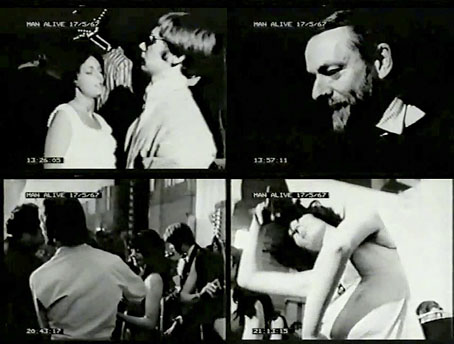
Previously on { feuilleton }
• My White Bicycle

